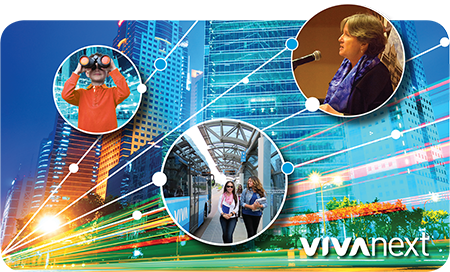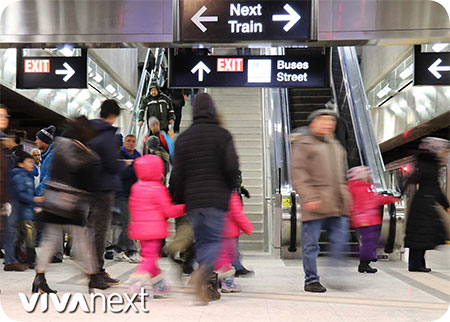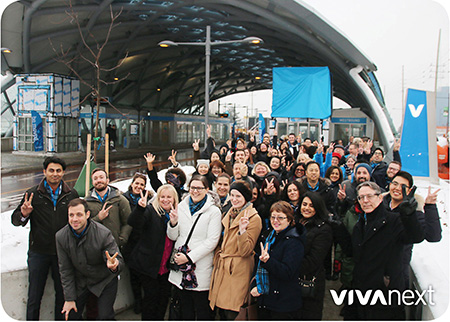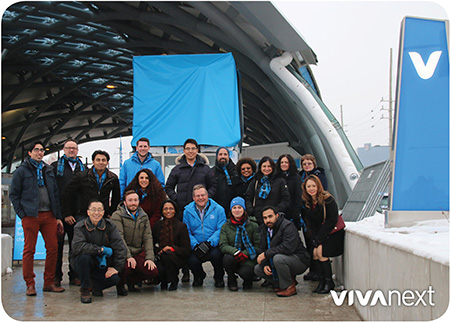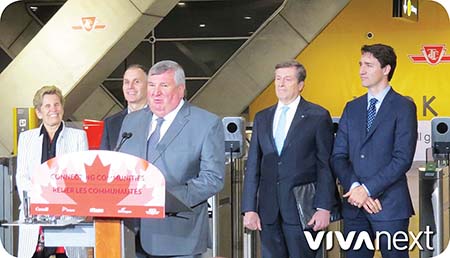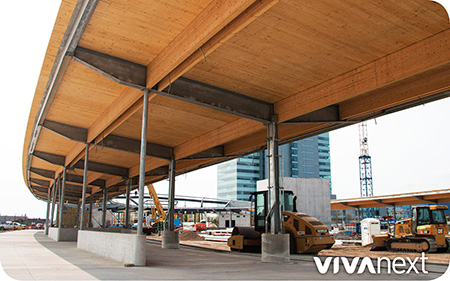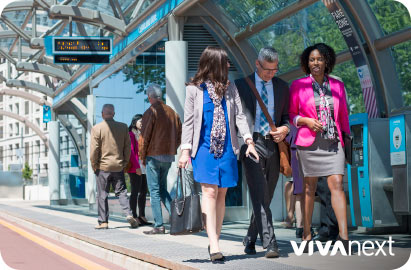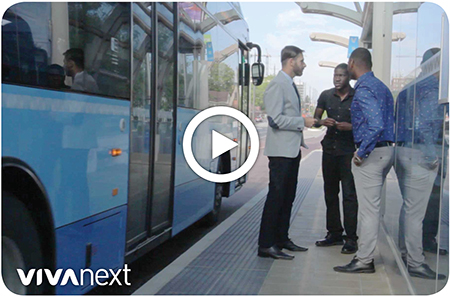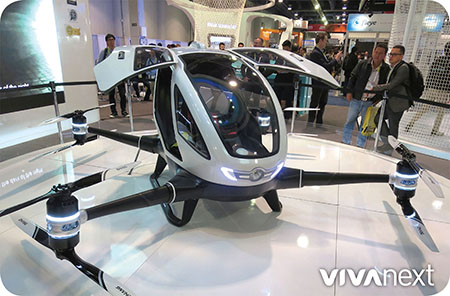
Blogpost by: Sara Grilli
Imagine going to a restaurant and opening the menu only to find a couple of items available to order. While you know all the options are good, you sometimes wish there were more choices. Now take this situation and apply it to transit.
Now more than ever, commuters have a variety of options when it comes to choosing how to get from A to B. New options include ridesharing platforms – for example Uber and Lyft. Commuters tend to gravitate toward these because everything can be done on a smartphone – from ordering a ride, to payments, tips and ratings.
A common misconception is that ridesharing services are going to compete with and eventually replace public transit and make it obsolete. This could not be further from the truth. According to a 2017 study done by Masabi, it was reported that:
- 35% of respondents are now combining ridesharing with public transit to reach a destination on at least an occasional basis
- 7% are combining ridesharing with public transit at least once a week
- 95.5% of weekly rideshare riders use public transit, pointing to a future that could include less car ownership and more use of both public and private shared transportation
Commuters who pair ridesharing with public transit see an innovative and greener future where everyone benefits from more choices. Travellers are creating a demand for Mobility as a Service [MaaS], where trips are planned together across all modes and systems. With all of the advanced technology available today, the future of transportation is already evolving to be faster and easier.
To make sure you’re getting all the up-to-date information, subscribe for updates at vivanext.com!

